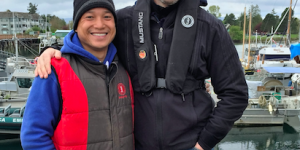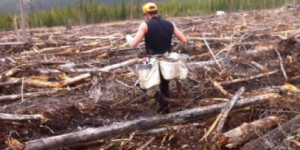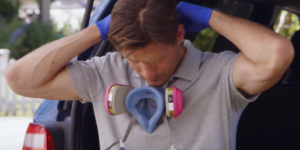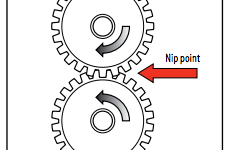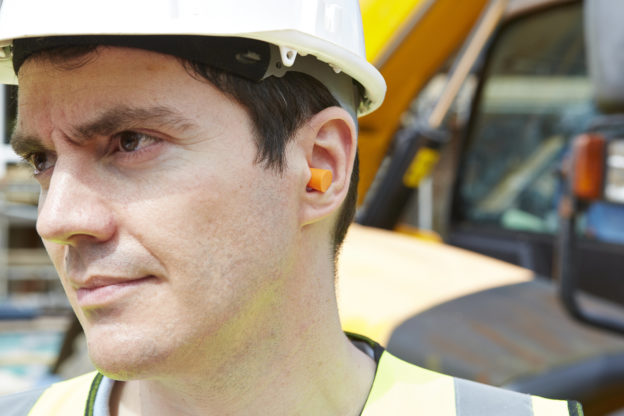
Young construction workers are less likely to wear hearing protection at work compared with other age groups — WorkSafeBC explores reasons why. Twenty-four percent of young workers in construction do not use hearing protection. They’re also less likely to wear hearing protection compared to young workers in other industries. This information is based on data […]



